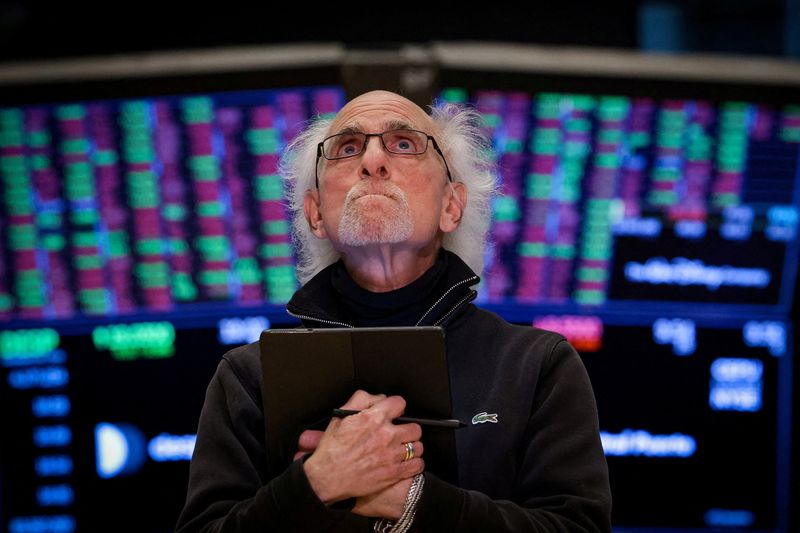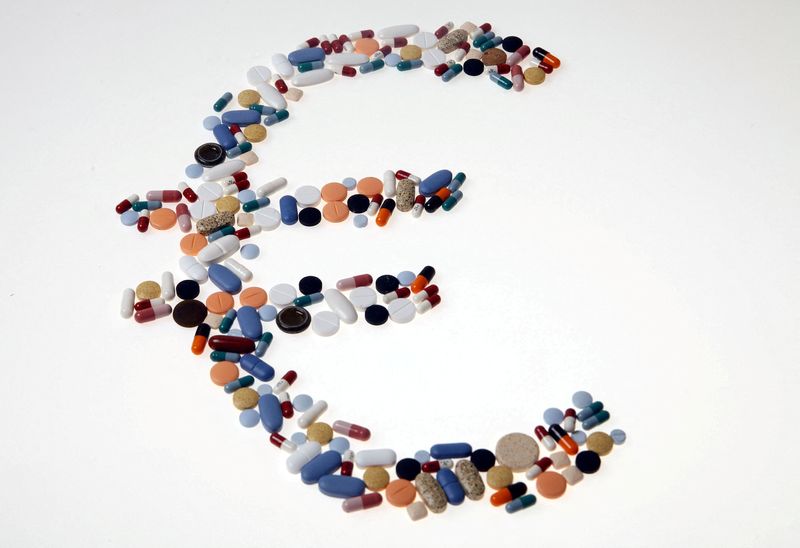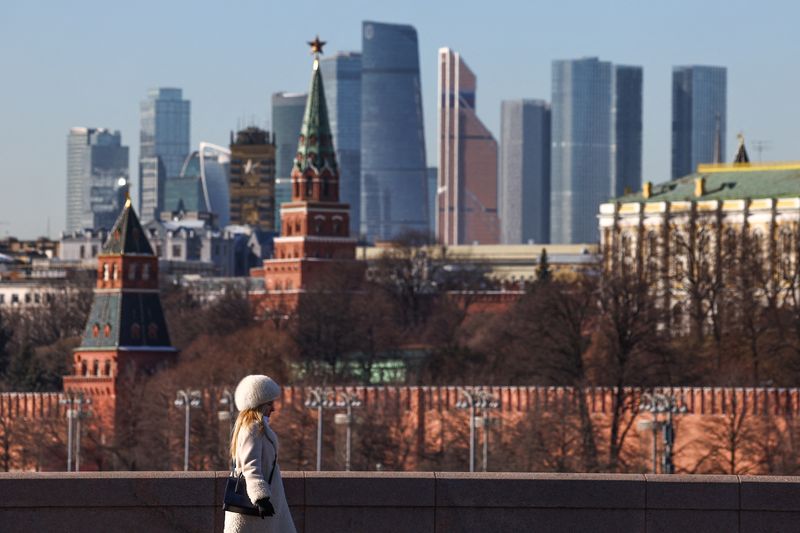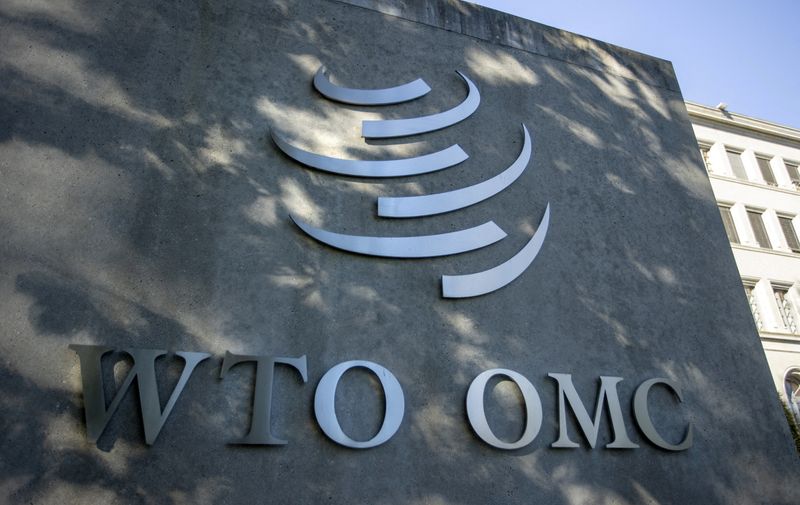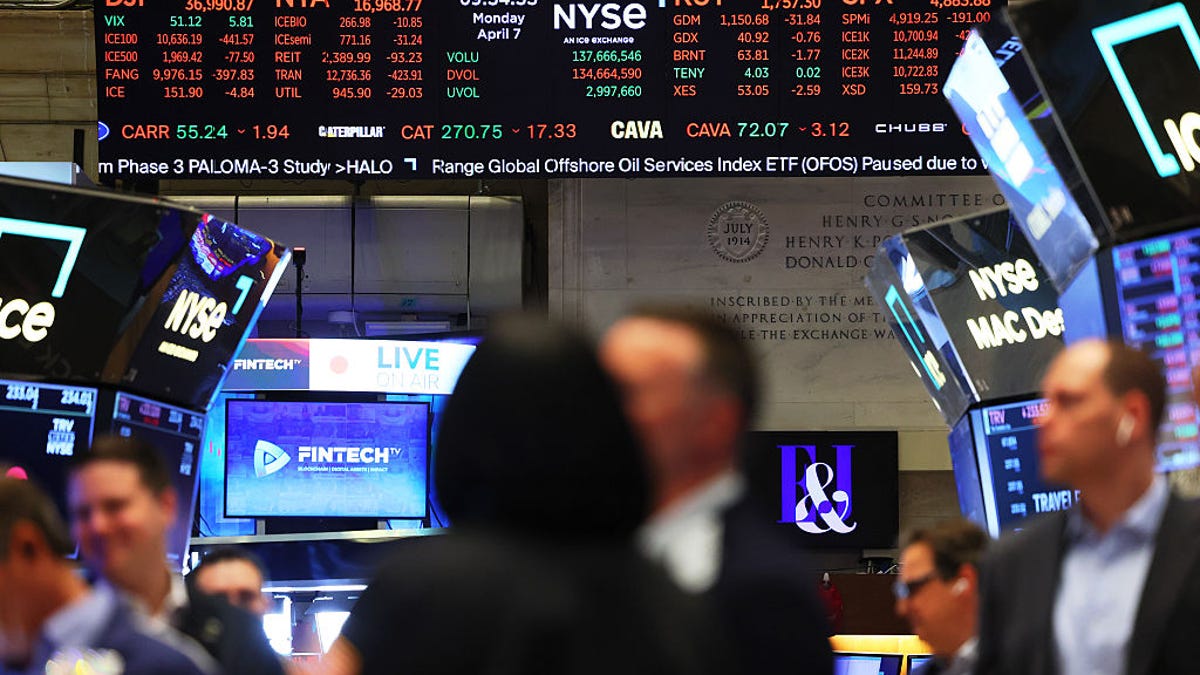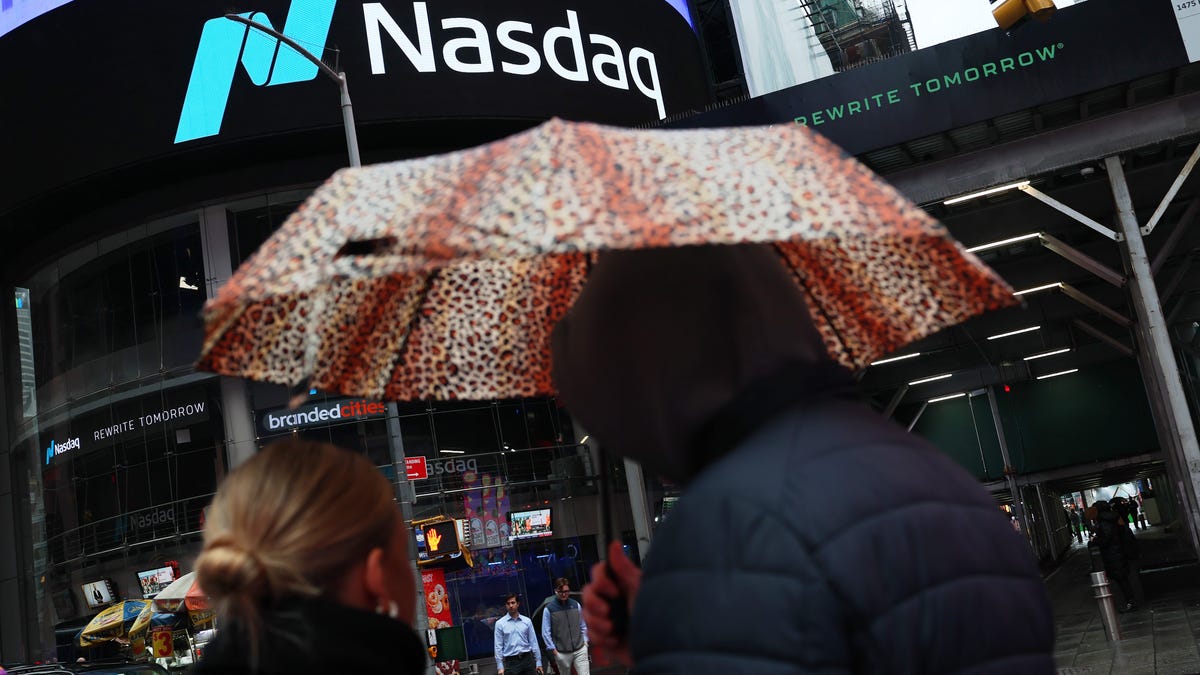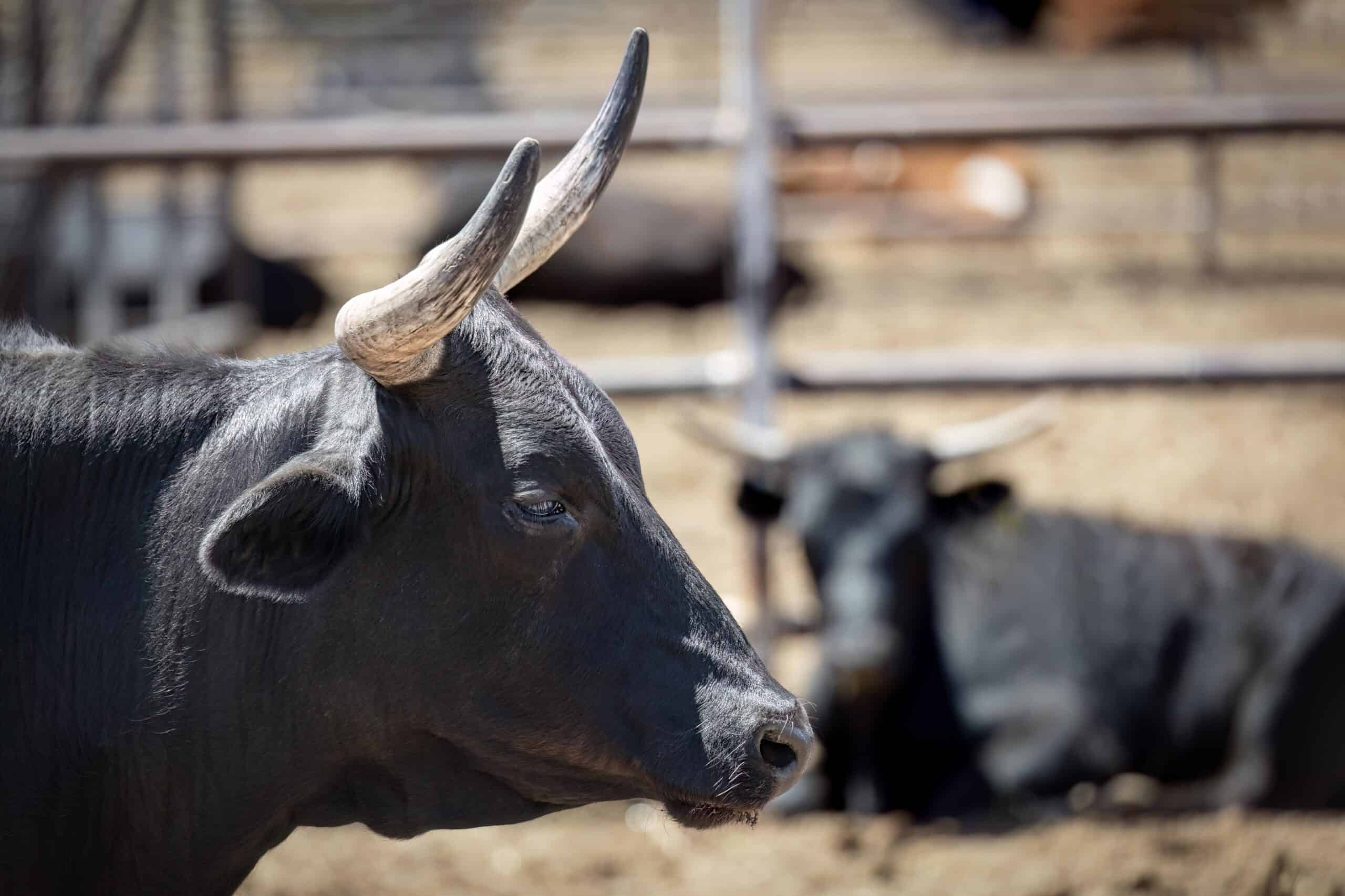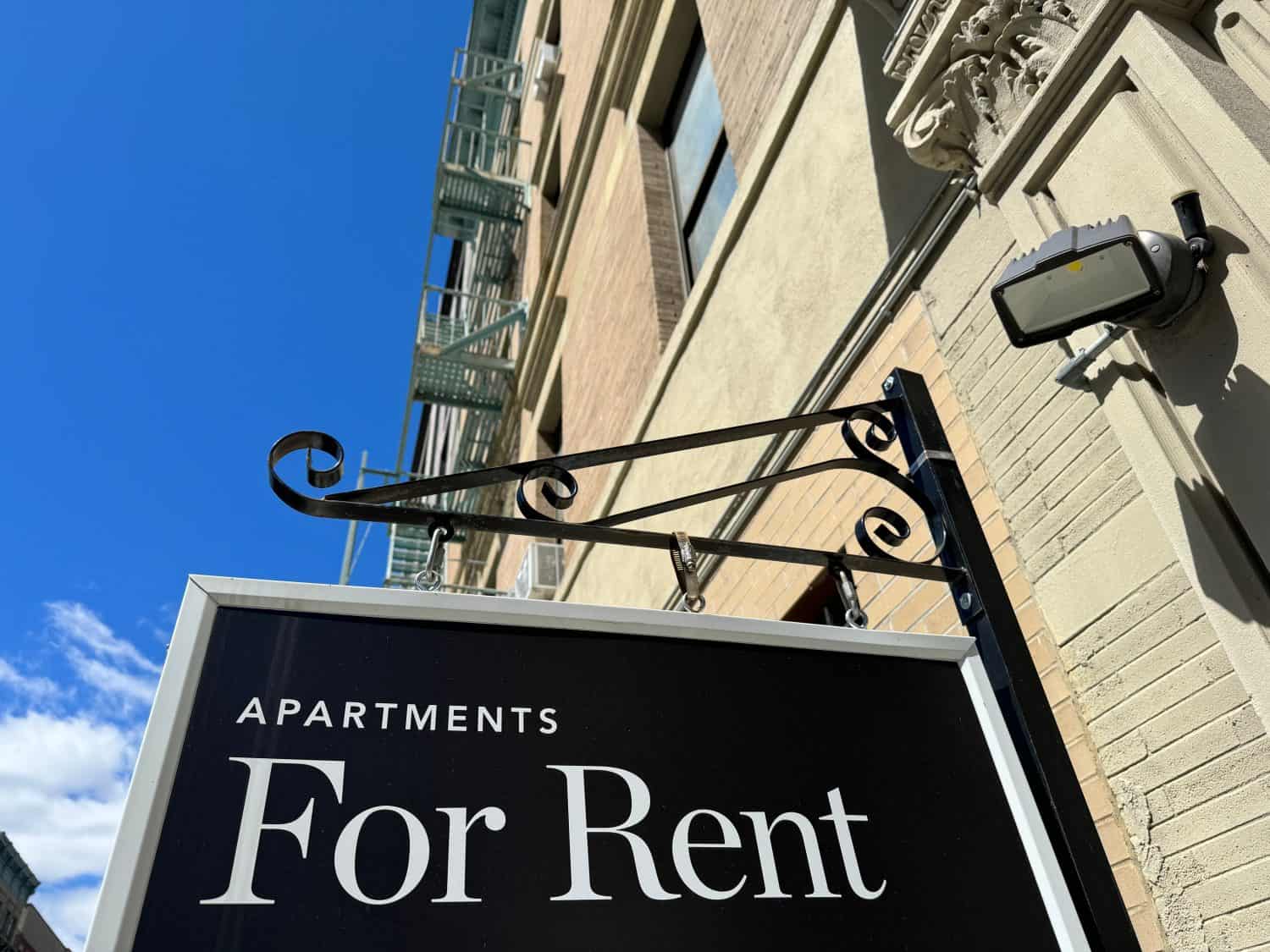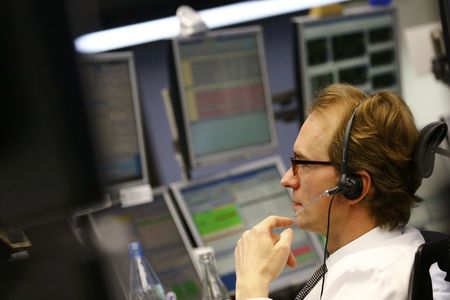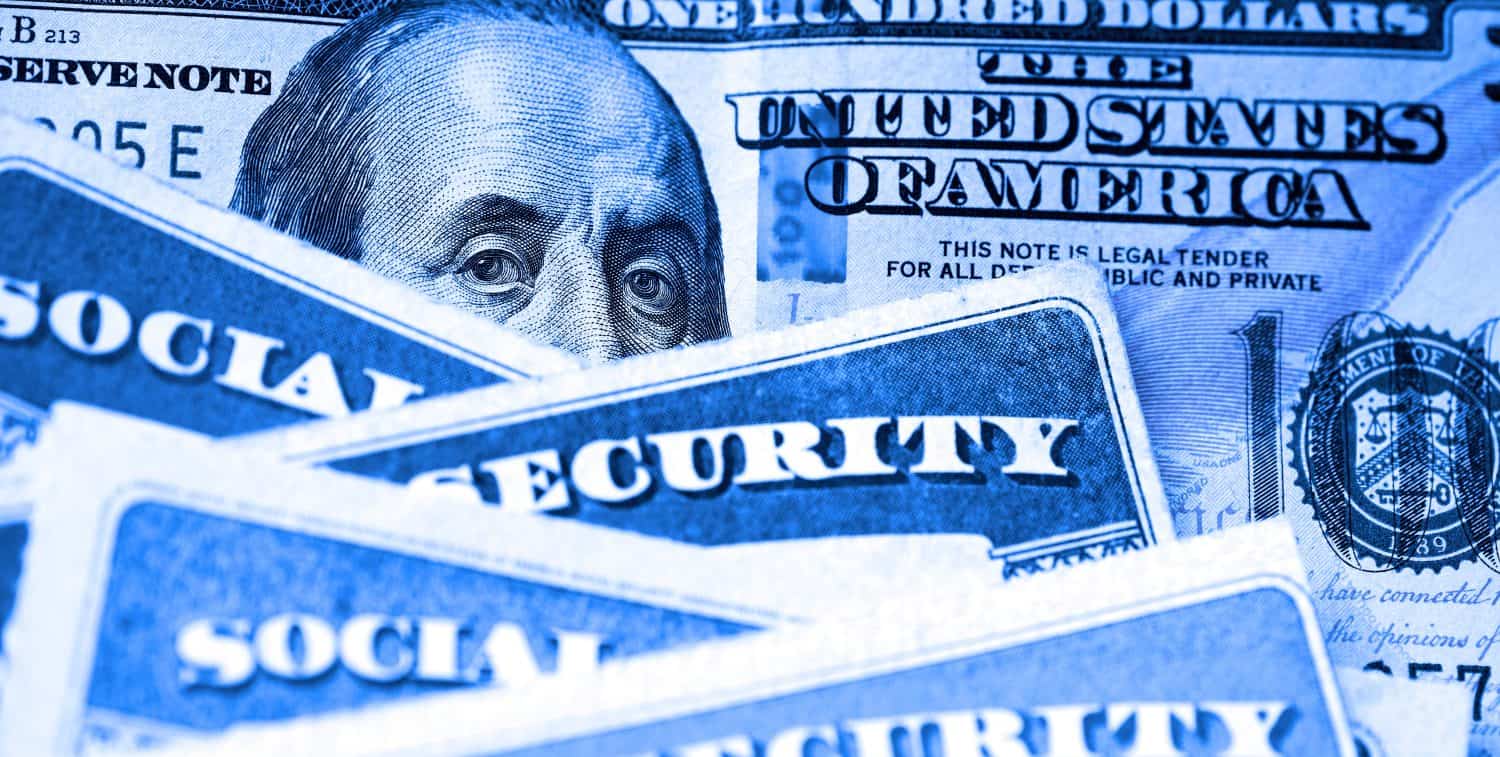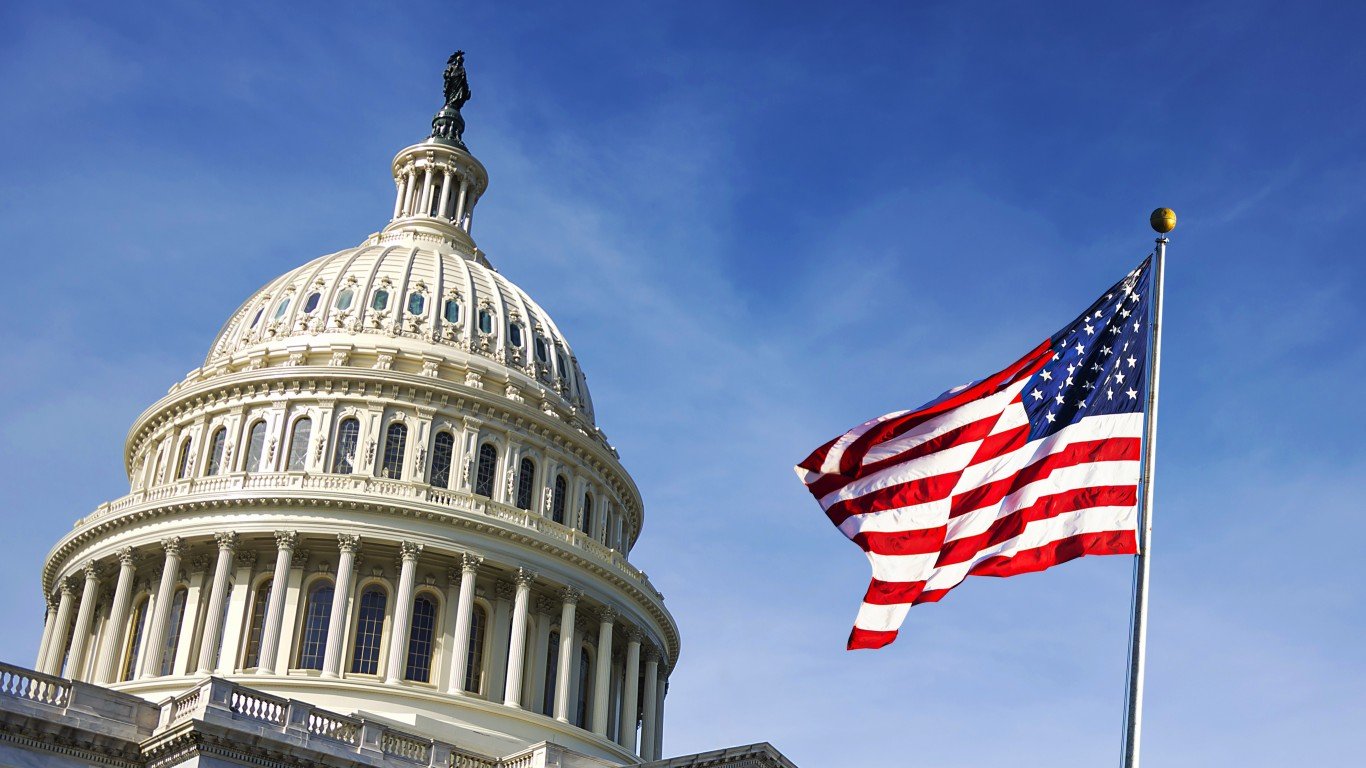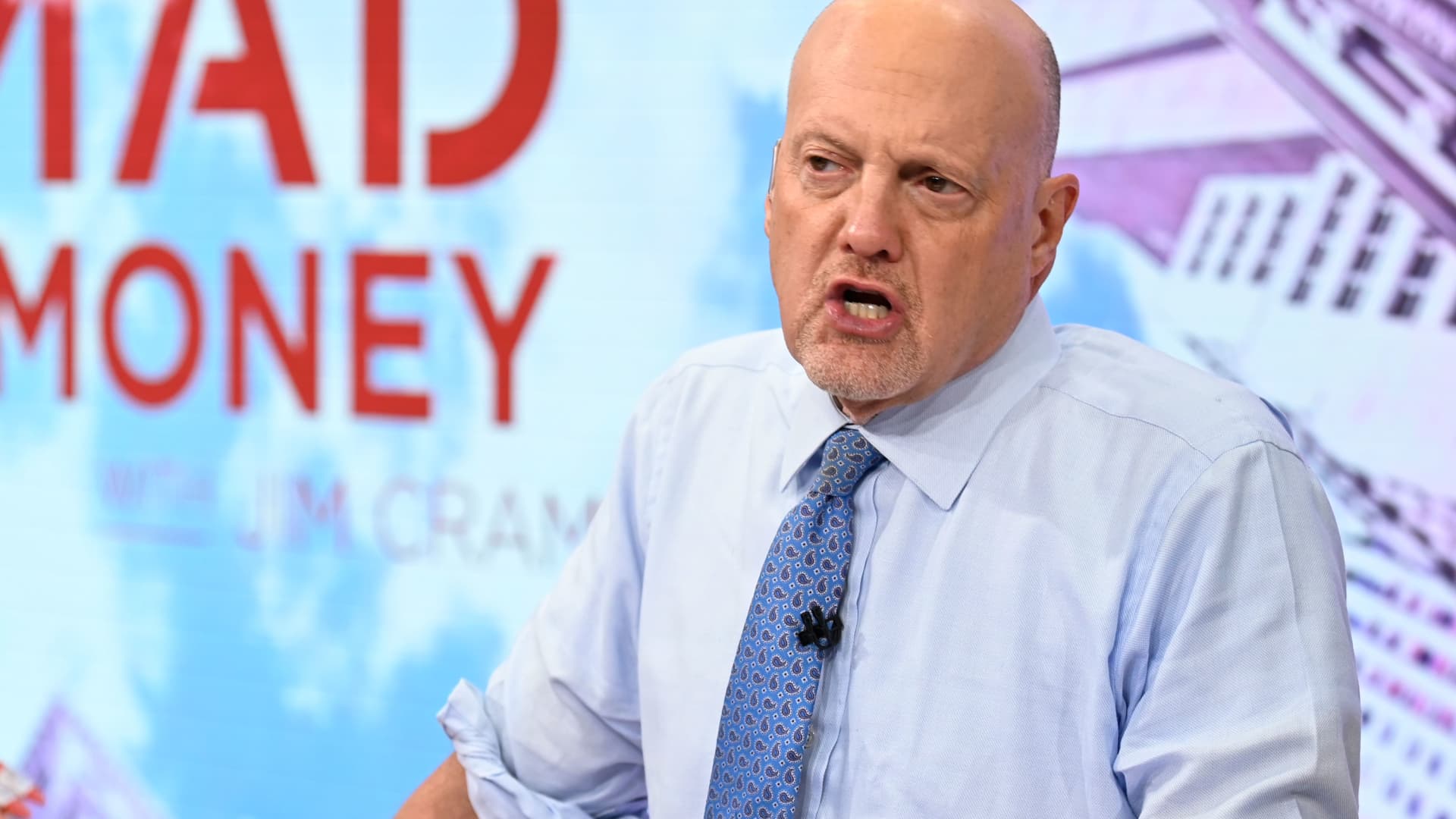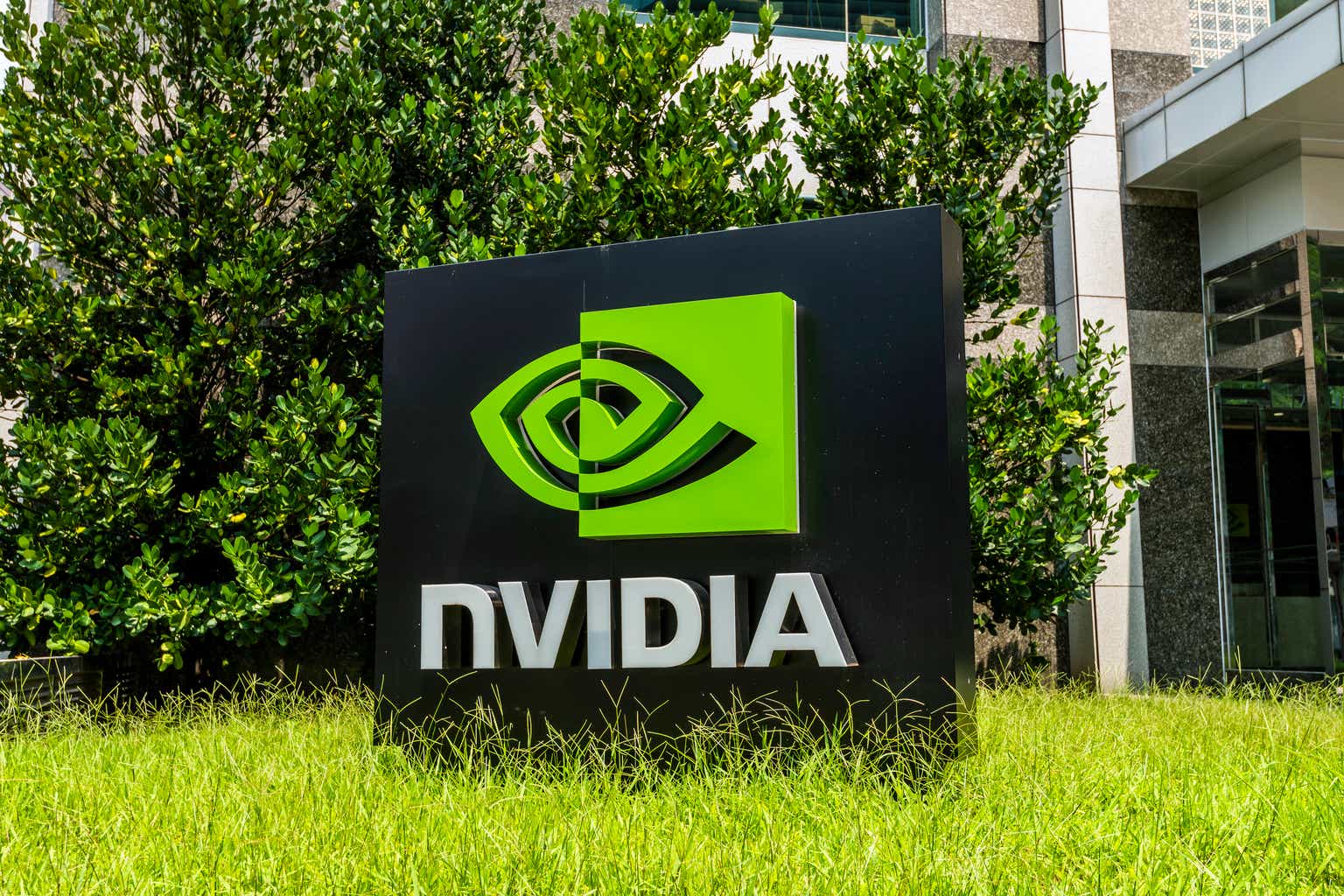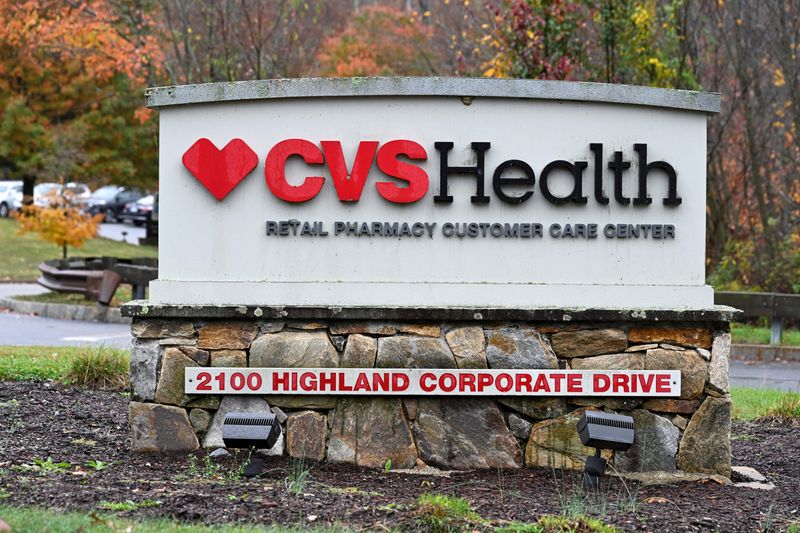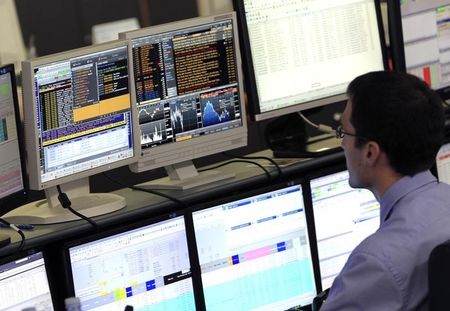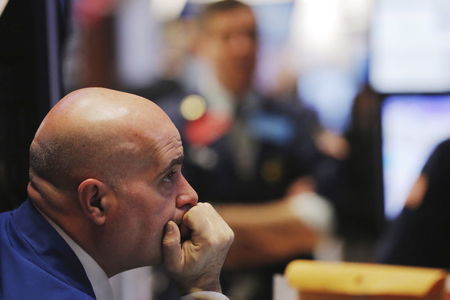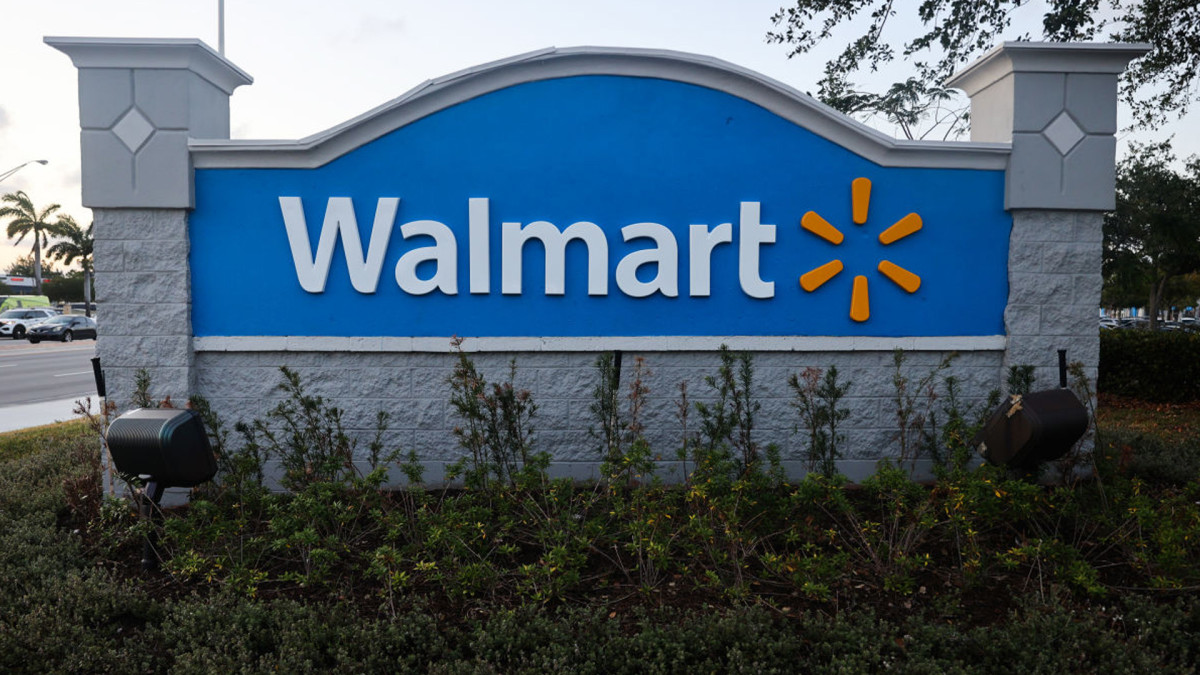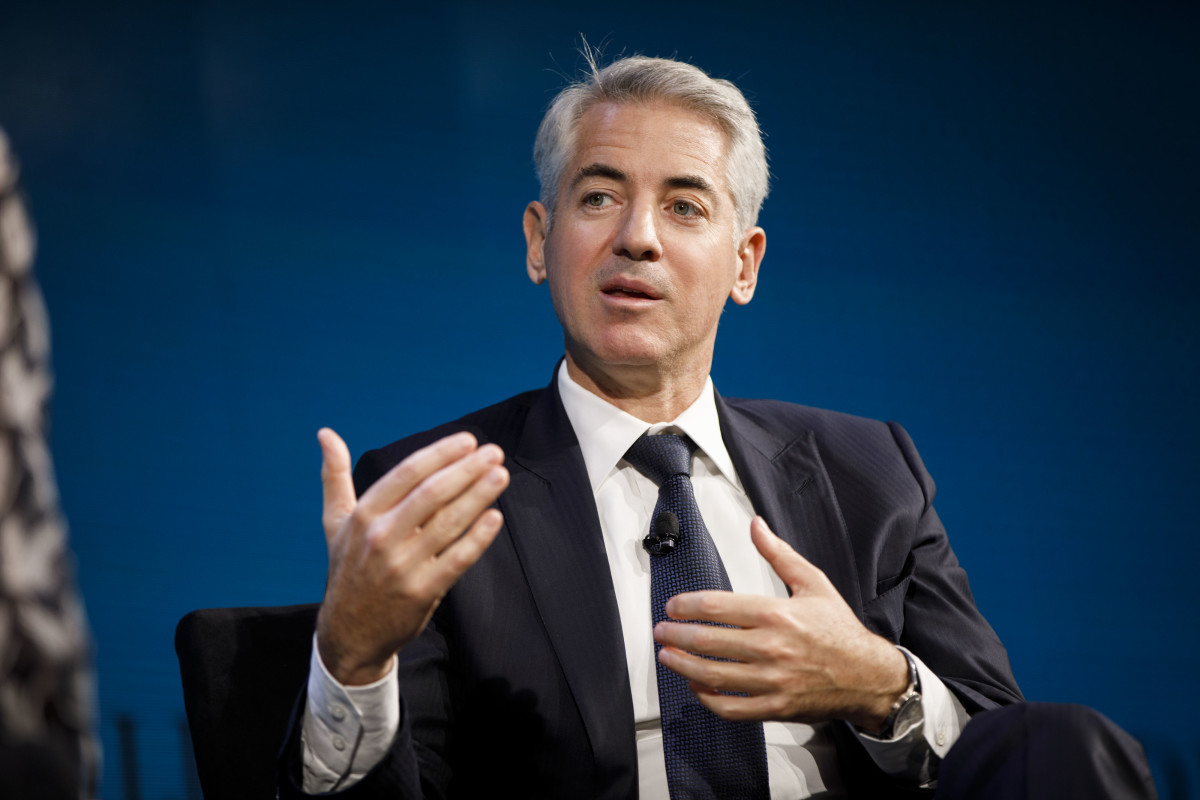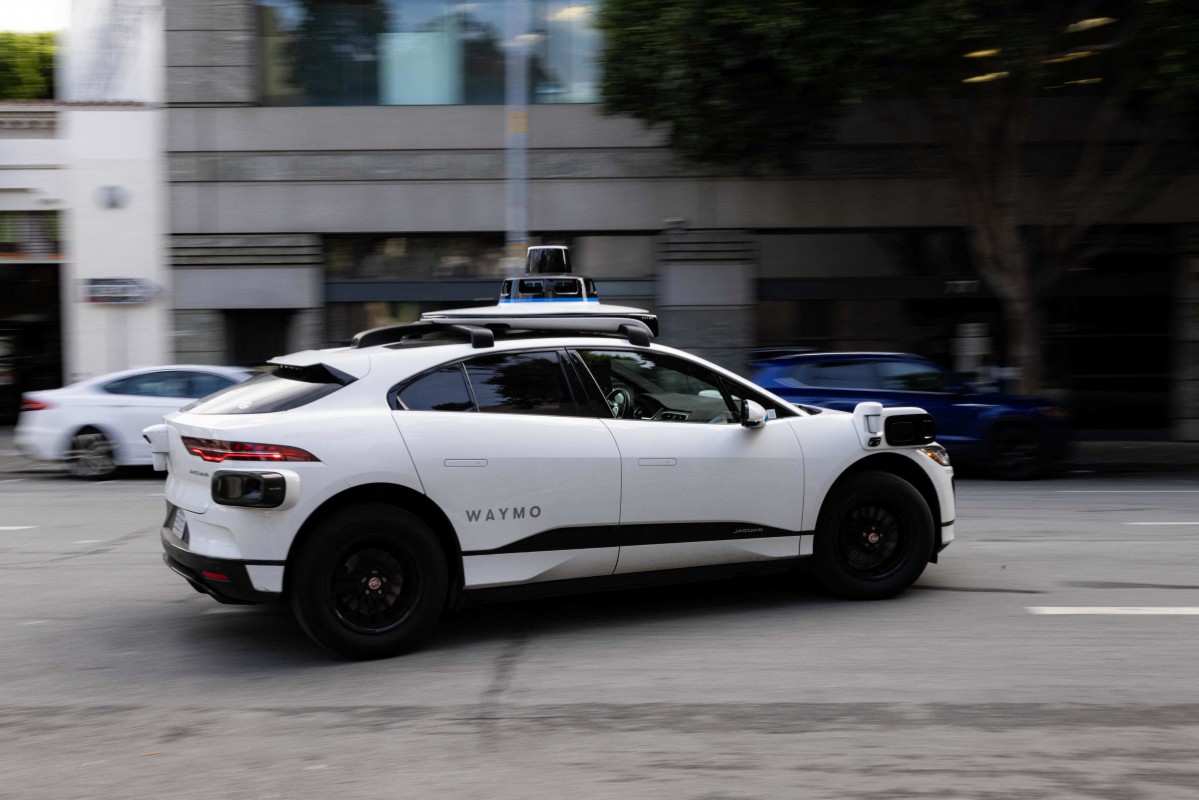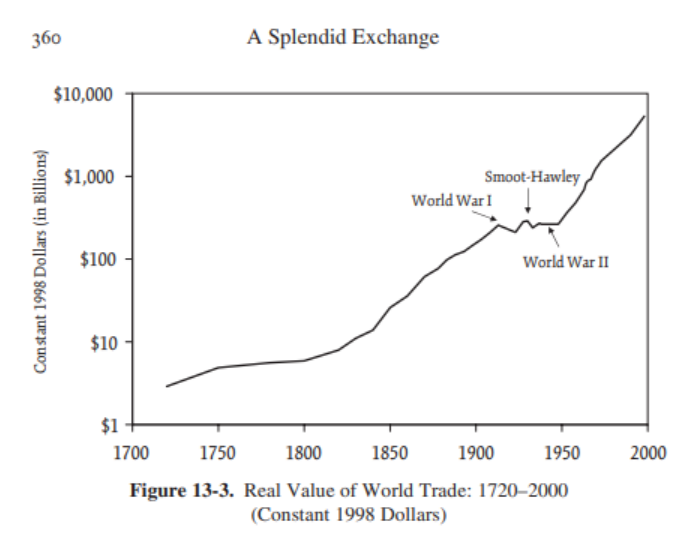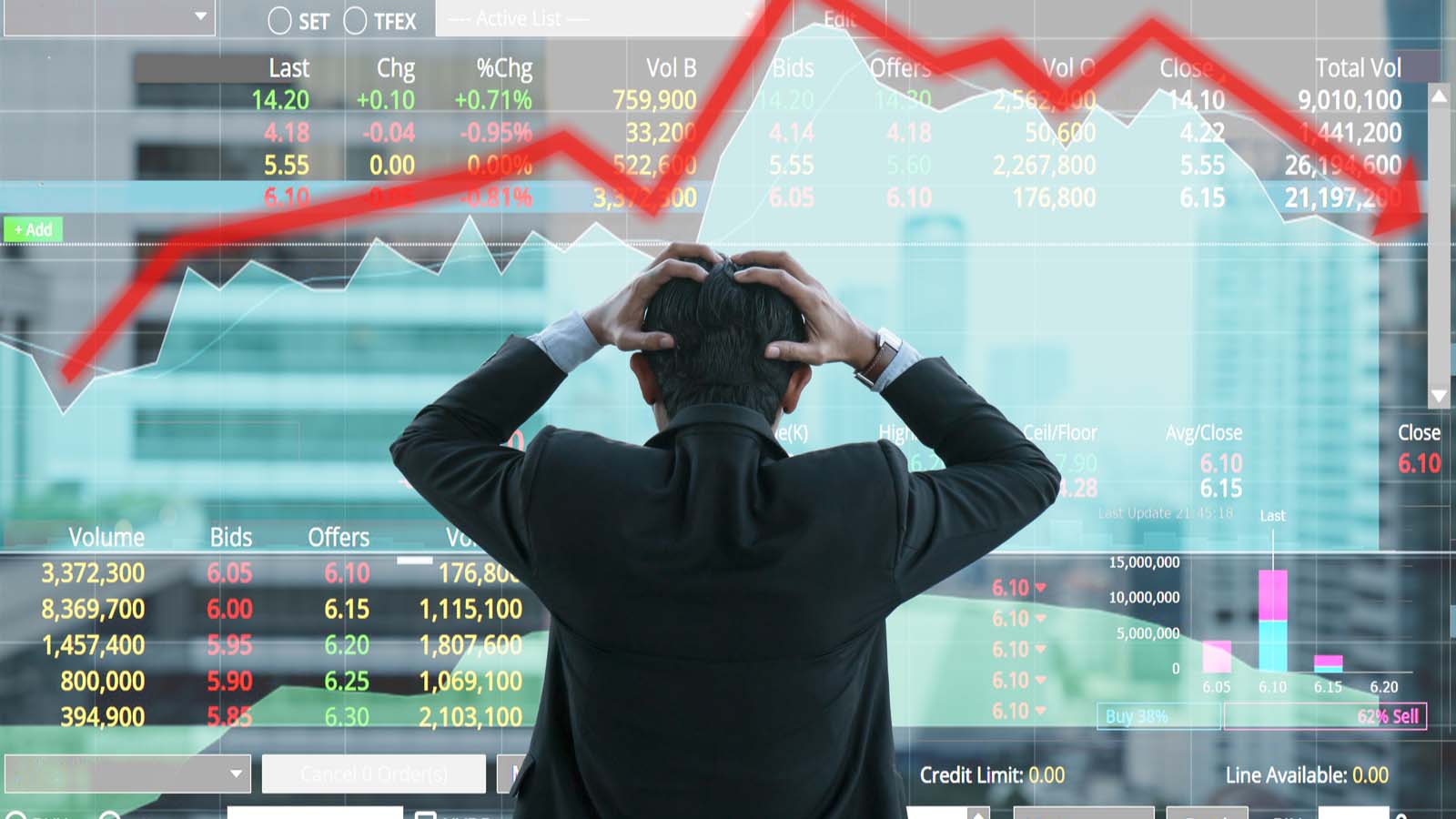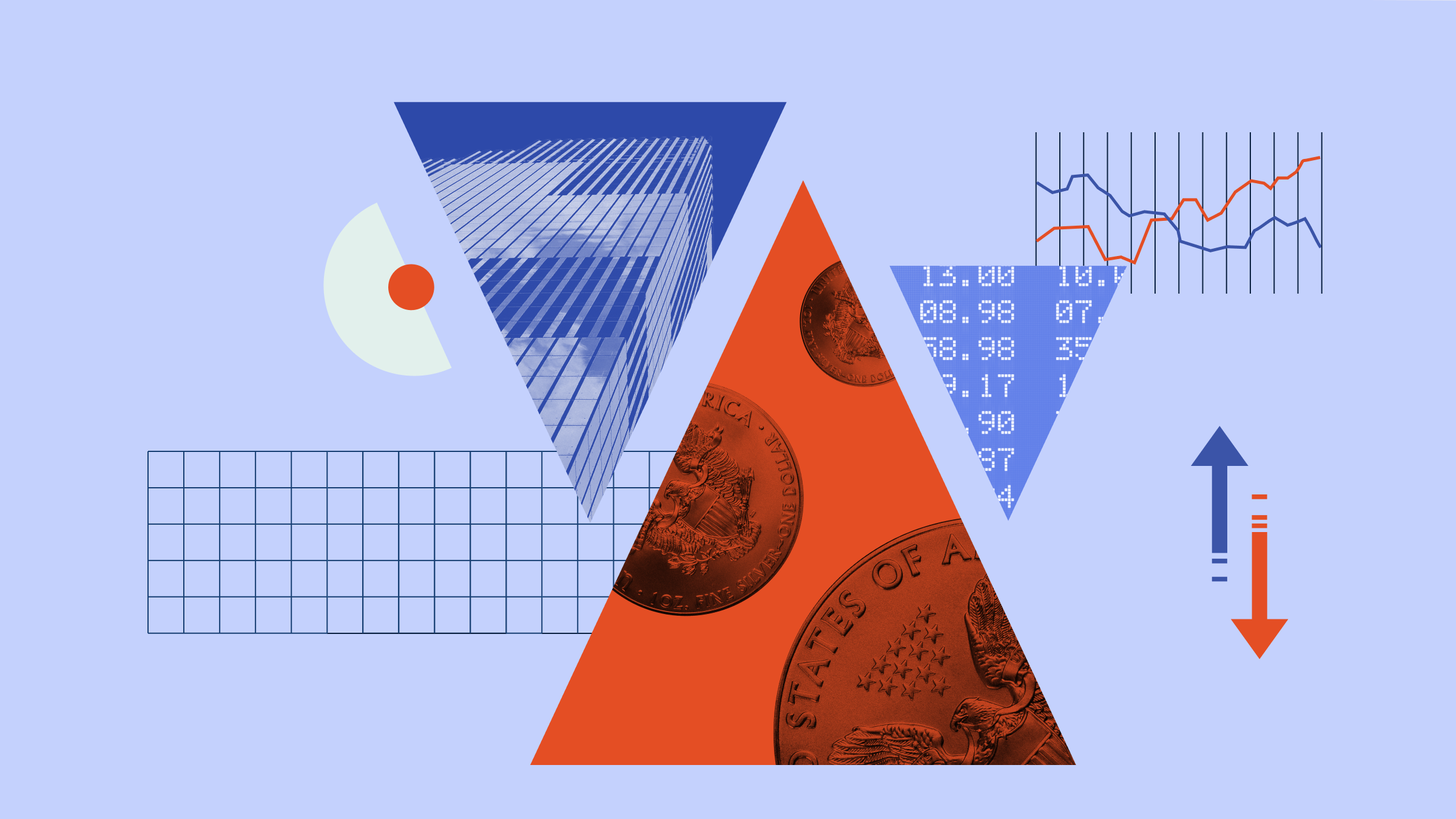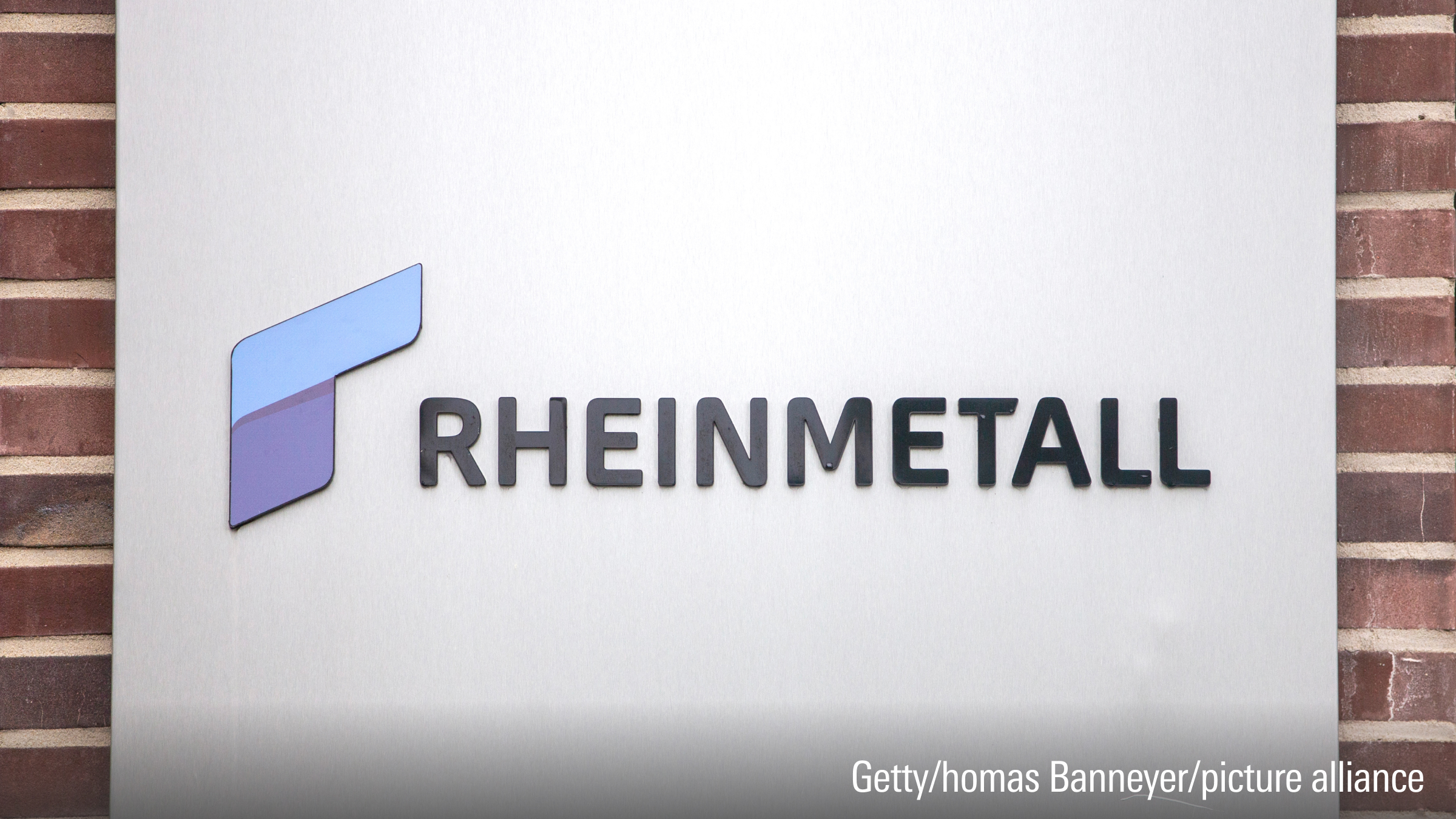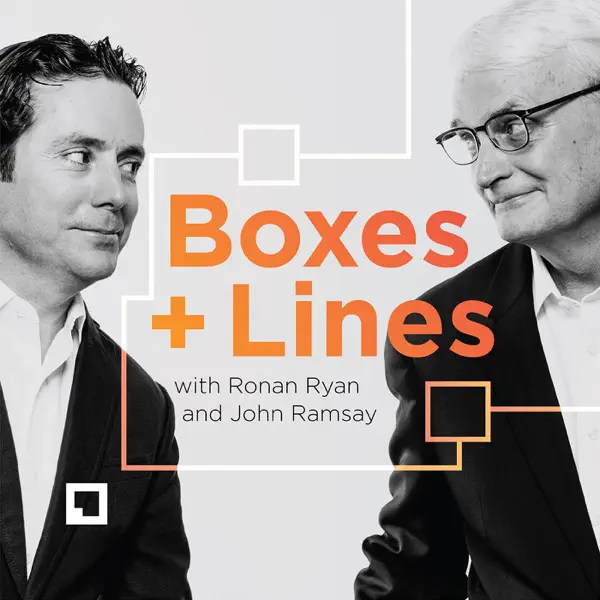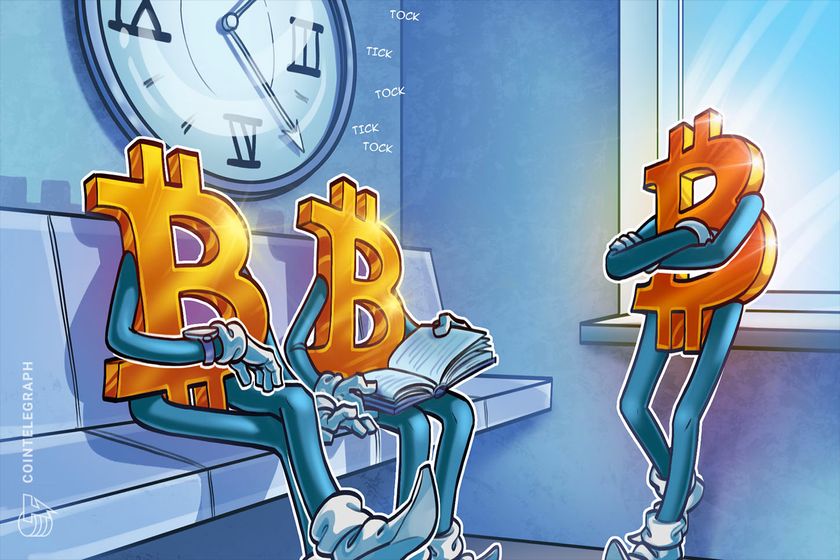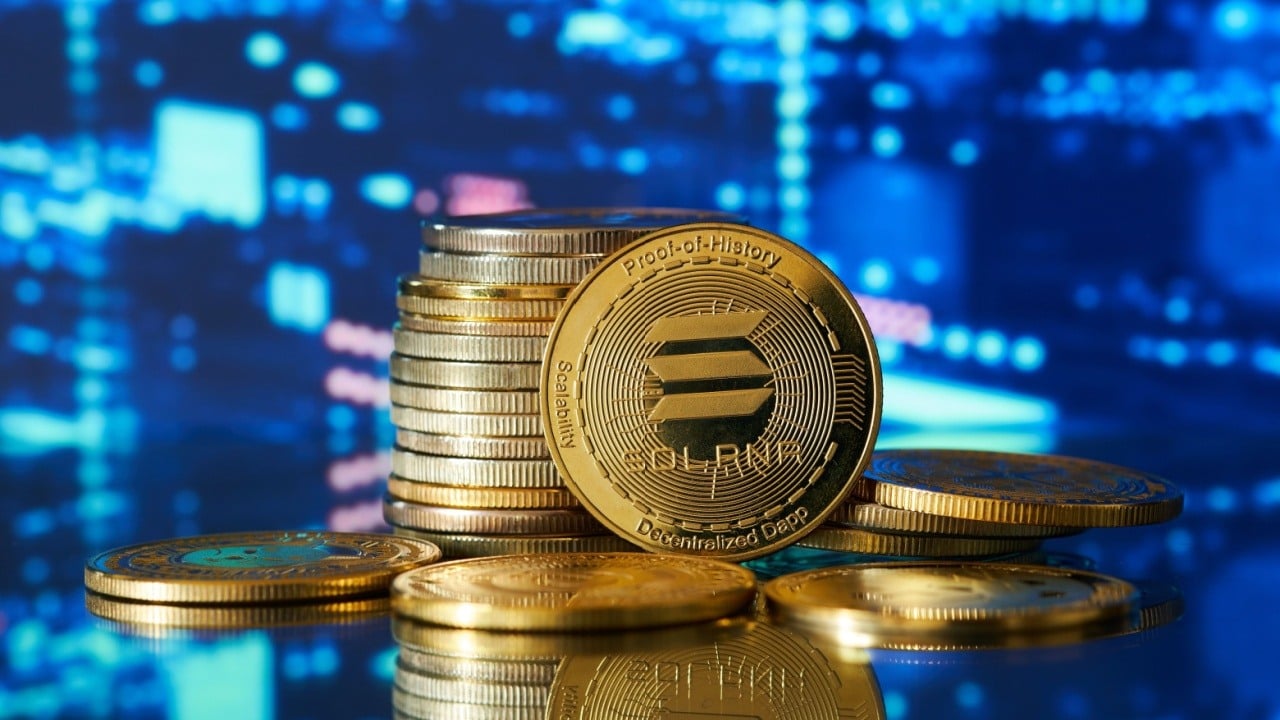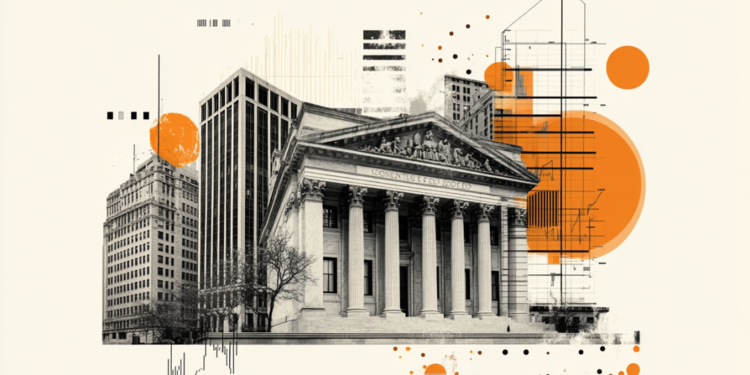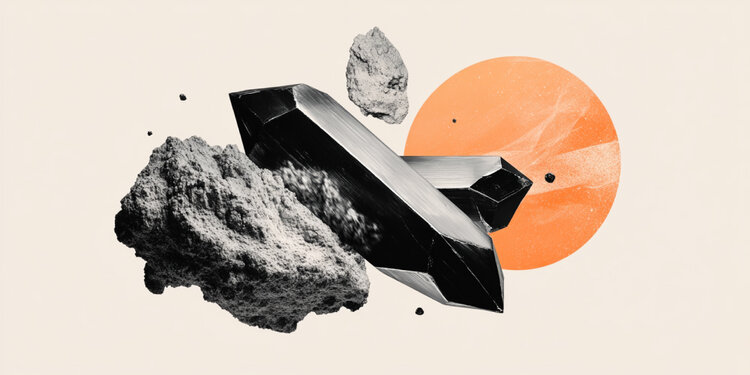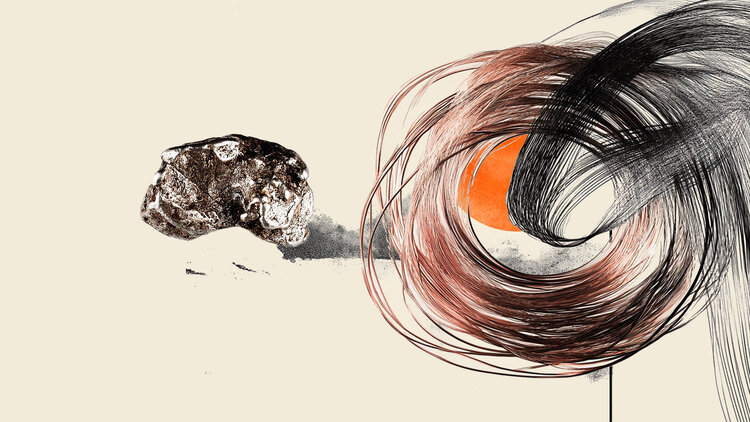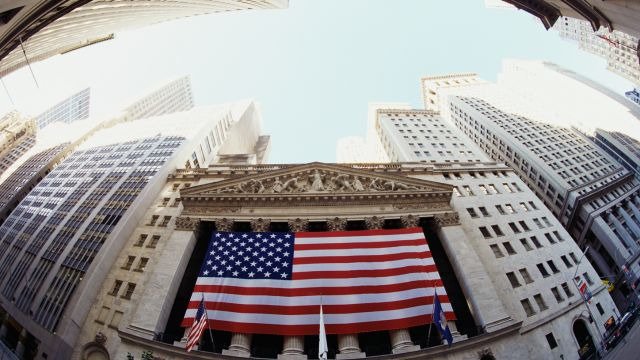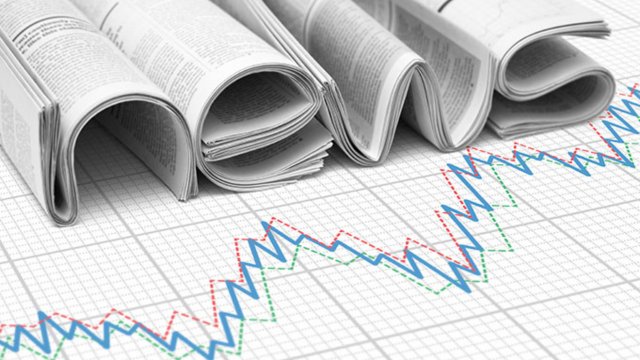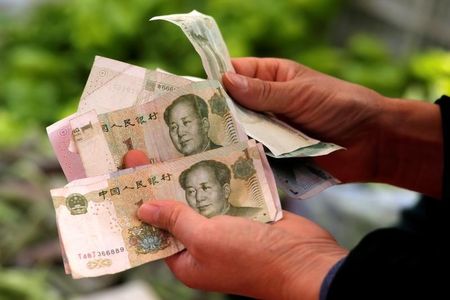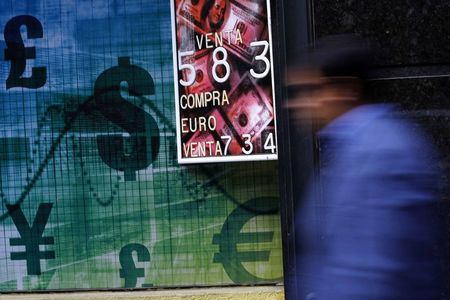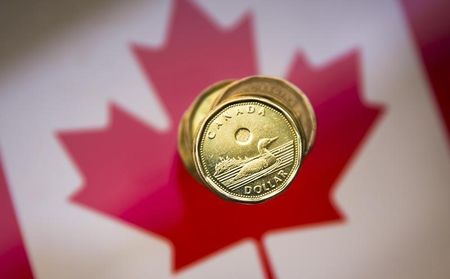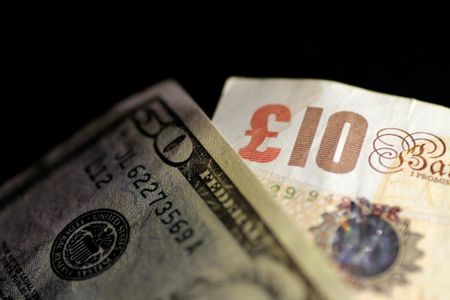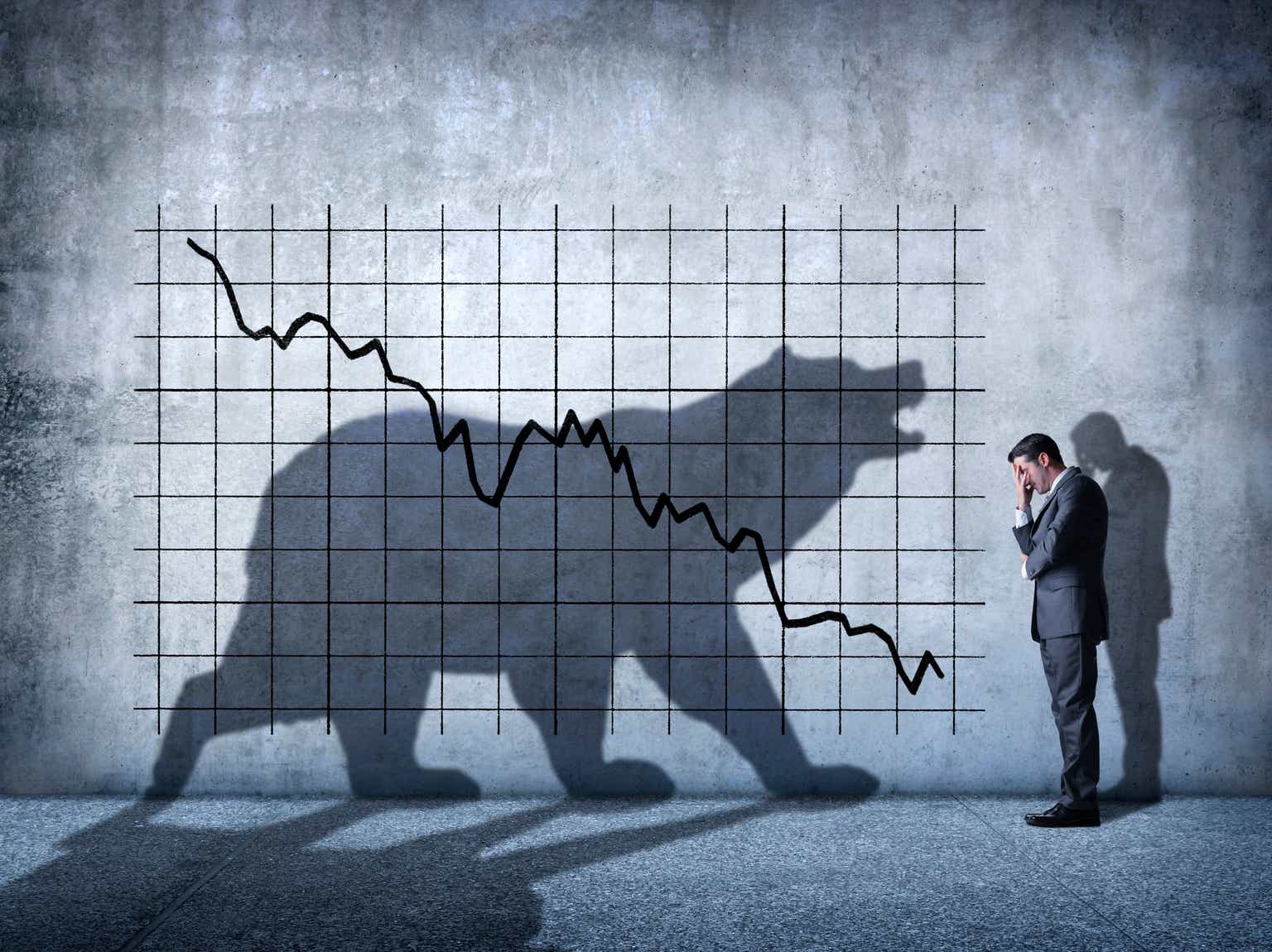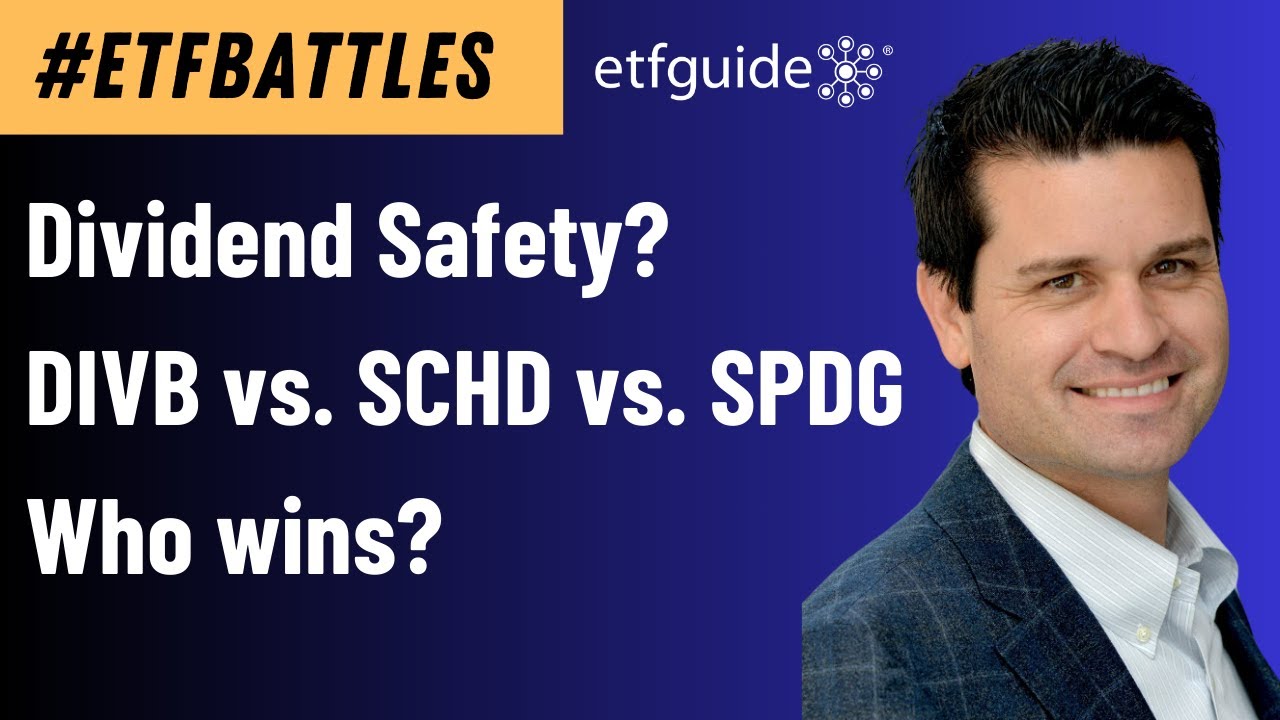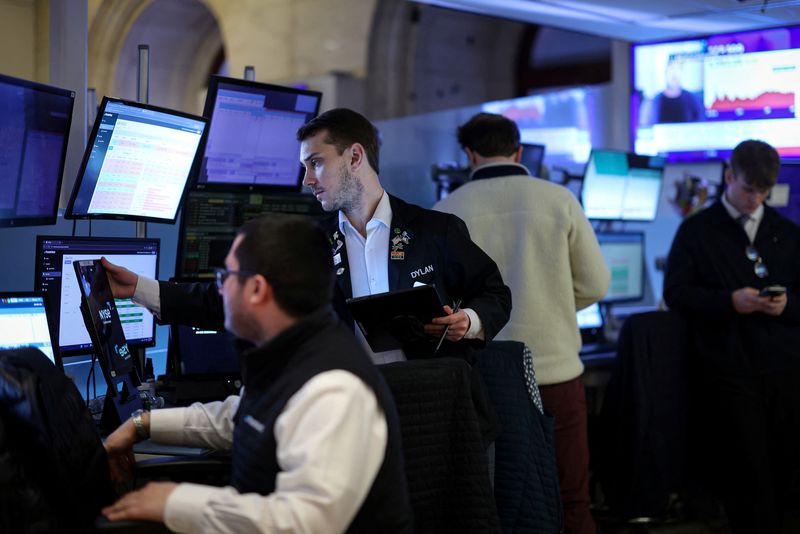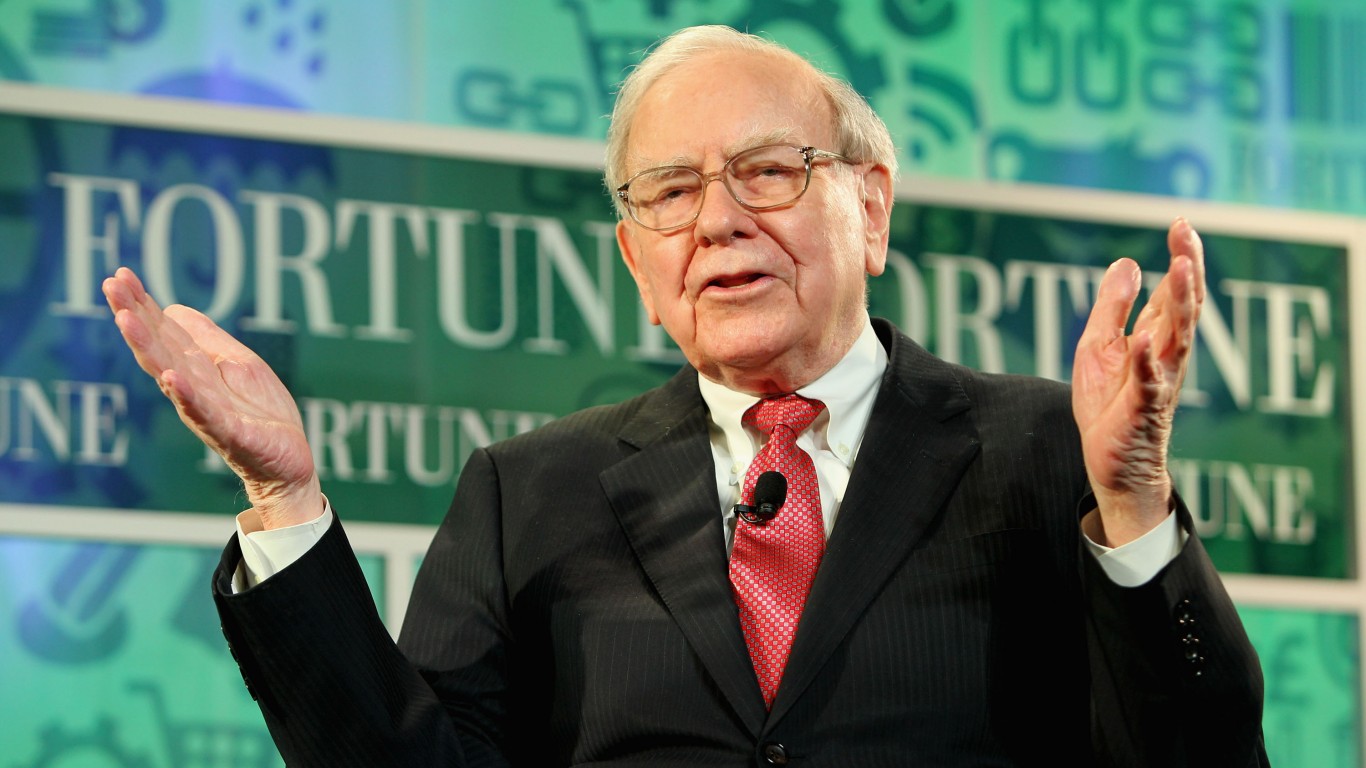Baby Boomers Could Really Clean Up If They Switched To A Cash Back Credit Card
While there are many different ways that baby boomers can make money right now, one of the easier things to consider should be rewards-based credit cards. Baby boomers tend to spend more money than millennials and Gen Z individuals on credit, so they will likely receive the most rewards. According to a 2025 Bankrate survey, […] The post Baby Boomers Could Really Clean Up If They Switched To A Cash Back Credit Card appeared first on 24/7 Wall St..

While there are many different ways that baby boomers can make money right now, one of the easier things to consider should be rewards-based credit cards. Baby boomers tend to spend more money than millennials and Gen Z individuals on credit, so they will likely receive the most rewards.
Baby boomers are really missing out by not using a cash-back credit card.
Given how much baby boomers spend in a year, they could miss over $1,000 in cashback rewards.
Baby boomers are believed to be the generation with the most active credit card use.
The right cash back credit card can earn you hundreds, or thousands of dollars a year for free. Our top pick pays up to 5% cash back, a $200 bonus on top, and $0 annual fee. Click here to apply now (Sponsor)
Key Points
According to a 2025 Bankrate survey, more than 70% of baby boomers ages 60-78 have at least one rewards-based credit card. This age group prefers credit cards because they are familiar with them, and the idea of alternative payment strategies like buy now, pay later doesn’t fly.
The reality is that baby boomers are well positioned to help maximize their rewards if they focus on having a wallet full of cash-back cards, even if it’s only just one 2% cash-back card.
Current Baby Boomer Use
If you look at Forbes’ 2024 report on how frequently different American generations use their credit cards daily, it shows that only 5% admit to using them several times daily. The same goes for once a day, leaving much room for greater opportunity if needed across all age groups.
However, things get interesting when you look at baby boomers who use their credit cards “a few times per week.” According to Forbes’ results, baby boomers are the highest users of any generation at 39%, and the same result appears for those who use credit “once per week,” as baby boomers rank the highest at 12% of all generations.
This data tells us that baby boomers are not only actively okay with using their credit cards, but if they are not using cash-back rewards, they are missing out on money. Thankfully, the Forbes’ report does indicate that only 28% of card users across all ages were motivated by cash-back or point benefits.
Considering that baby boomers’ use is focused on “all eligible purchases” and “everyday living expenses,” there is no reason to think they are not open to switching cards to an option with a more attractive benefit.
Average Baby Boomer Spend
When you look at the average baby boomer’s spending, Smart Asset puts the number at around $63,325 annually. Breaking this number down by category, you get a few specifics as to where this annual spending is the highest:
- Healthcare: $6,025 per year
- Housing: $11,159 per year
- Transportation: $10,000 per year (vehicle purchases, insurance, gas, public transit)
- Food: $5,112 at home and $2,539 on dining out
- Entertainment: $3,476 per year
- Apparel and Services: $1,289 per year
- Pets: $842 annually per year
Cleaning Up with a Flat-Rate Credit Card
On a basic level, if a baby boomer decides to go all-in on a flat-rate cash-back credit card, they could look at options with 1.5%. As the most common cash-back credit card rate right now, it’s not at all impossible to think at least one of these cards is already in a baby boomer’s wallet.
It’s okay to assume that everything on this list gets charged on a credit card, except a car payment that likely requires a checking account. Given this, let’s consider that in 2025, the average monthly new car payment is $742, so we’ll deduct that from $63,325, which leaves $62,583.
With a flat-rate card of 1.5%, baby boomers could maximize rewards and earn $938.75 if everything else is charged using just one cash-back card. Jump up to 2%, which is quickly becoming the new standard for cash-back percentages, and the reward total jumps to a surprisingly strong $1,251.66 in cash-back rewards every year.
Cleaning Up with a Tiered Cash Back Credit Card
Now, let’s try this again with the same total $62,853 spent per year, but look at a credit card that offers you some tiered category percentages. We’ll have to break this down a little differently to look at each category that can be separated. Regarding food, with a cash-back card earning 6% on groceries, you are talking about $306 in rewards just on the $5,112 spent on food at home per year.
The average American spends $2,449 per year on gas, and with a 3% bonus, that’s $73 in earnings for gas every year. This leaves roughly $55,022 in remaining rewards, and with a tiered card, you’re getting 1% cash back, allowing for another $550 in rewards. This means that with a cash-back rewards card and tiered categories, baby boomers are cleaning up annually with around $929 in rewards.
The post Baby Boomers Could Really Clean Up If They Switched To A Cash Back Credit Card appeared first on 24/7 Wall St..




